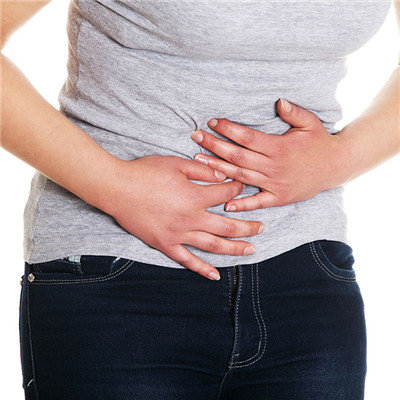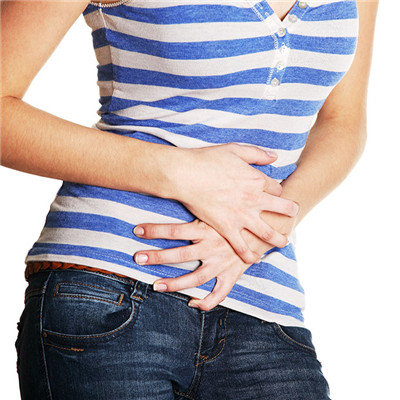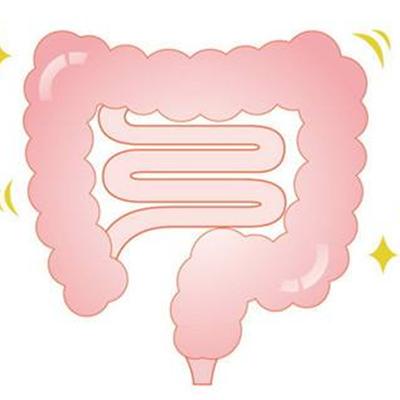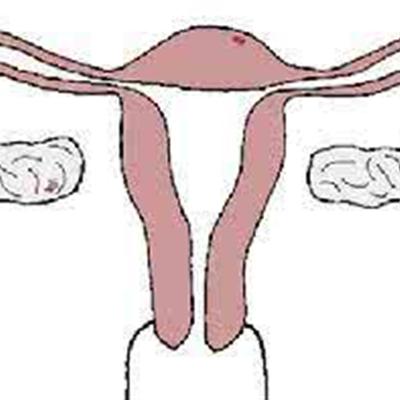What are the symptoms of poisoning?
summary
When a chemical substance from the outside enters the human body, it reacts with the human tissue and causes temporary or permanent damage to the human body, which is called poisoning. Poisoning in daily life includes accidental poisoning, homicide poisoning (poisoning), suicide poisoning, poisoning caused by drug abuse and poisoning caused by environmental pollution. Clinically, it can be divided into acute poisoning (within 24 hours after the poison enters the body), chronic poisoning (within 2 months after the poison enters the body), and subacute poisoning (between acute and subacute poisoning). Among them, acute poisoning has a sudden onset and rapid development, which can quickly endanger the lives of patients. It is necessary to screen and take emergency treatment measures as soon as possible. What are the symptoms of poisoning? Let's talk about it
What are the symptoms of poisoning?
Acute poisoning: the clinical manifestations of acute poisoning are complex and varied, and the condition changes rapidly. The symptoms and signs of poisoning depend on the toxicological effects of various poisons and the reactions of the body. In clinical practice, the type of poison can be judged according to the symptoms of poisoning.

Skin and oral mucosa burns: seen in strong acid, alkali, formaldehyde, phenol, cresol soap solution (lesul) and other corrosive poisons. Nitric acid can make the skin and mucous membrane scab yellow, hydrochloric acid scab brown, sulfuric acid scab black.

Cyanosis: toxic substances that cause insufficient oxyhemoglobin can produce cyanosis. Anesthetics and organic solvents can inhibit the respiratory center, irritating gas can cause pulmonary edema and cyanosis. Nitrite and aniline, nitrobenzene poisoning can produce methemoglobinemia and cyanosis.

matters needing attention
Acute poisoning is different from common diseases, especially when there are toxic gases in the environment, which can pose a threat to the lives of first-aid personnel. Therefore, before entering the poisoning site, we should make a detailed environmental risk assessment, and make protective preparations. For example, first-aid personnel should have protective knowledge, protective equipment and means of escape before entering the poisoning site, If you don't know the situation or have no protective measures, you should call for reinforcements. Don't rashly enter the scene. Only when you protect yourself, can you effectively rescue the poisoned patients.
















